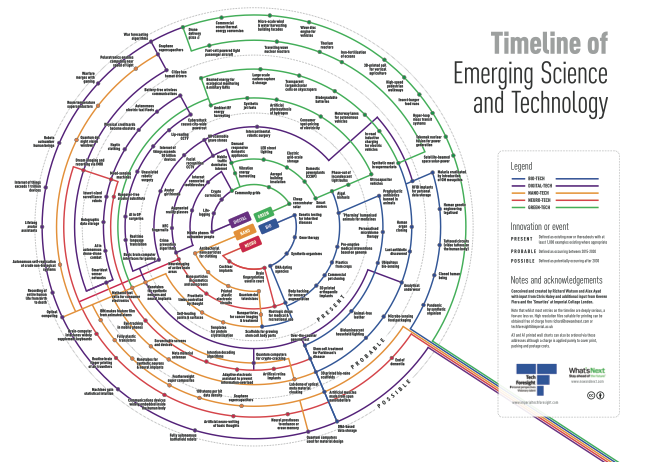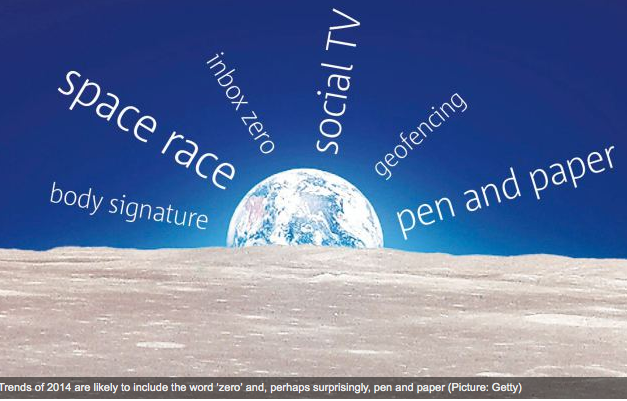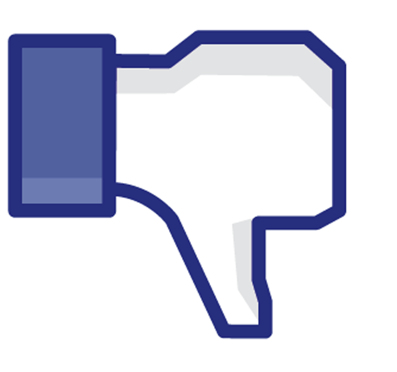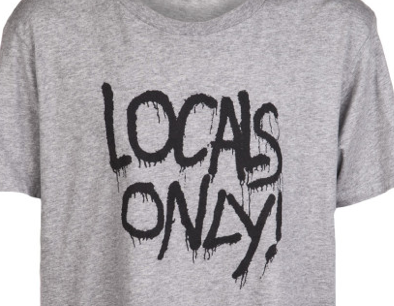“The American Psychological Association released a report in 2013 that found the millennial generation – those aged 18-34 – had a higher rate of stress (5.4 out of 10) than the U.S. population as a whole (4.9). Moreover, nearly 40 percent of young Americans said their stress levels had increased in the past year, while 52 percent admitted that anxiety keeps them awake at night. Stress and anxiety are manifested as themes in modern youth entertainment.
In our 2012 probe A Generation on Fire, we noted the immense popularity of teen dystopian fiction and film series. The Hunger Games was highly symbolic of the chasm between youth and the ruling generation, which evolves into a David versus Goliath narrative. In this case, the young prevented from participating fully in a system tilted by the old for those growing old at the expanse of the young.This generational theme is observable and throughout the culture. Entertainment provides the clearest window into the dynamic. Veronica Roth’s Divergent series is the next dystopian tale to hit the big screen. Teens are forced into a form of academic testing that determines their place in the world for life. The symbolism is straightforward. Standardized college tests – SAT and ACT – are stress producing in part because they are separators. The fact the tests can be gamed by the rich – high-priced test preparation classes, private tutors, and financial ability to take multiple tests is a source for even deeper anxiety, even among the rich. Divergent’s main character “fails” her test. She vows to subvert “the system,” and eventually helps to create a classless society.
Aside from dystopian fiction, we have observed the rise of a decidedly realistic genre of young adult fiction dubbed “sick-lit,” which has quietly replaced stories of werewolves and vampires on best-seller lists. This genre employs themes of illness, particularly cancer, bullying, and self- harm. Several of the genre’s novels have millions of copies in print, have been optioned for film, are in production, or have already been released.
Three of the most popular are:
• By the Time You Read This, I’ll Be Dead – A bullied girl contemplates suicide and is befriended by a boy with cancer.
• Thirteen Reasons Why – A teen girl commits suicide, but leaves a trail of reasons that remind others of the harm that can be caused by their callous actions.
• The Fault in Our Stars – Tells the story of two cancer-stricken teens who fall in love in a cancer support group.
The depth of anxiety in young people is anomalous. So too is the way this anxiety is being satiated: via narratives based on particularly grisly forms of actual, psychological death. The depth of connection within these themes is striking. The top nine books on Amazon’s bestsellers list include: Dark Souls II – the guide to a video game “that is darker” than ever and “this time death is certain”- (No. 1); The Fault in our Stars (No 2); Divergent (No. 4); Divergent 3-book Series (No. 6); Divergent – second title in the series (No. 8); The Book Thief – a young girl’s life is narrated by “Death” (No. 9). Another title in the Divergent series ranks No. 12.
The mind requires harmony between the inner and outer world. Significant and fundamental change is in motion.”
Taken (with permission) from Williams Inference A Generation on Fire (2012)







